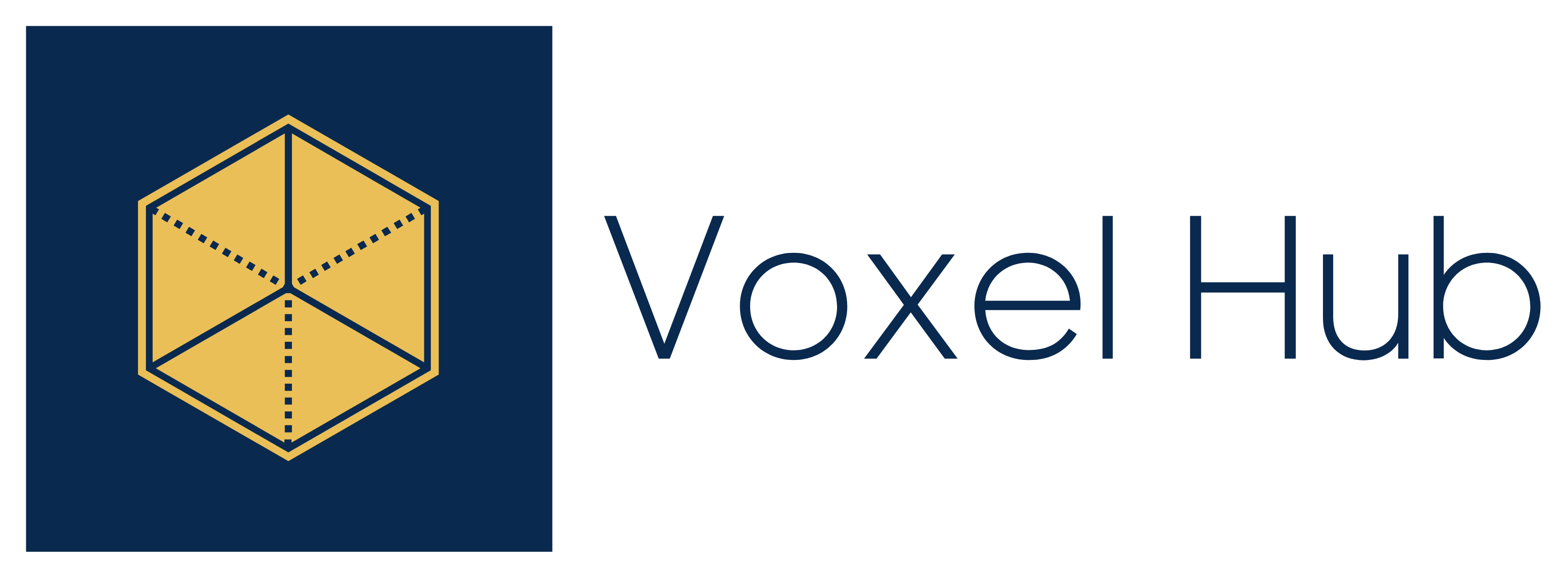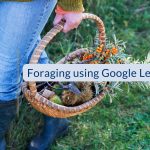What is Google Lens?
Google Lens brings up information relevant to your original images, identified by visual analysis. Google explains it as ‘a set of vision-based computing capabilities that can understand what you’re looking at and use that information to copy or translate text, identify plants and animals, explore locales or menus, discover products, find visually similar images, and take other useful actions’. Using Google Lens allows you to search using an image and gathers similar images and content from the internet.
You can download Google Lens on Google Play or the App Store, although it tends to come preinstalled on most Android phones as well as being integrated into a lot of Android camera.
How does it work?
Google Lens uses visual comparison and ranks images based on their relevance and similarities to the original picture. It will analyse an image and generate multiple possible results which it will then rank by probable relevance. Sometimes, it can narrow down these possibilities to just one result, but sometimes, you will get several suggestions back, which you can then look through and decide which is most accurate.
The algorithms used by Lens are (one of the few things in life that are) not affected by advertisements or any other commercial arrangements. When given permission to access your location, Lens can also use this to return more accurate results. This means that the flora that are suggested are more likely to be relevant to the country you are in.
Google Lens can, with varying levels of accuracy, identify many plants in nature. It is not reliable enough to follow blindly but can be used to further research plants. Since multiple different plants come up at the same time, a lot of the time, you can narrow it down to a specific plant by reading through the information on each of the plants that are suggested. Some plants are so unique that it is hard to get them wrong, but some are very similar in appearance, so it is easy to mix them up. Plants such as cow parsley and giant hogweed can appear very similar to the untrained eye, but the former is perfectly safe to eat, and the latter is deadly poisonous. This is why it is unwise to rely solely on Google Lens to identify plants. As Alexis Nikole (@blackforager) would say, ‘Happy Snacking! Don’t die!’
Why go foraging?
Foraging gets you outside and is a fantastic way to connect with nature; it has a positive effect on mental health and general wellbeing. For me personally, foraging has given me a way of practising mindfulness that feels natural. As I go along, I will count all the edible plants I can identify as well as research plants that I can’t identify. I also find myself noticing more of my natural surroundings, such as the changing seasons and diversity of plant and animal life. Mindfulness may come easier to some, but for me, foraging has been a fantastic way of opening up to mindful practices that previously felt unattainable.
It encourages you to try new ingredients, recipes and flavours. Some of the flavours you come across don’t exist in commercially available foods, so they are unique to foraged foods. Having greater variety in your diet also supports a healthy microbiome which contributes to a better gut, skin and overall wellbeing.
Connecting with your food source and eating locally – reduces your food’s carbon emissions. It also allows you to understand the cyclic nature of the earth and appreciate the abundance of edible plants, even in many urban environments. The more you learn about native edible plants, the more you can incorporate them into your day-to-day cooking and use them as herbal remedies. It’s free food and medicine! For example, many plants, such as dead nettle (shown in screenshots below) and dock leaves, can be used as a substitute for spinach. Plantain can be chewed up and used as a poultice on eczema, nettle stings and bug bites.
Foraging not only fosters a greater connection with your food and nature but with other people too. Connecting through foraging is a great way to make friends and build community. There is always more that you can learn from or teach to others. I connect with friends when I introduce them to new plants and flavours they haven’t come across before. A surprising number of my friends have been interested in coming with me on foraging walks, and the passing on of knowledge is really rewarding. I also connect with people when they show me new plants I haven’t foraged before.
Foraging allows you to pick and eat plants when they are in season and at their best nutritionally. Eating seasonally is natural, and plants have a lovely way of providing the flavours and nutrients you need at the time you need them. It is also one of the best ways to ensure that the produce you are eating is as fresh as it possibly can be. Fruit and veg in supermarkets can be sat around for days whereas the food you forage sometimes only lasts seconds after being picked!
Increases gratitude – for nature’s abundance and the food and medicines it provides. Even in cities, where we have done our best to shut out and control nature, it still provides for us. We cut it down and push it back, and it continues to show patience and tenacity.
It encourages you to learn new things without any external pressures. It is a really fun topic to learn about as you can spot plants that you learn about as well as learn about new plants by researching them when you come across them. There is no pressure to know everything or to be ‘good’ at foraging; it is just something you slowly learn more about as you go along. Learning new things keeps your mind active and engaged. Some research suggests that people who practise lifelong learning are happier on average and maintain better brain function as they get older.
Reduces food waste – you pick just as much as you need. Prepackaged foods don’t allow you to take the exact amount you will use, which increases food waste. You are also more likely to use what you have foraged as you have put the time and effort into finding and picking it. For example, bagged salads from supermarkets have been reported to constitute a high percentage of UK food waste as they go off so quickly. Foraging for a salad is fun and can drastically decrease the amount that is wasted!
Foraging with Google Lens
Don’t rely on Google Lens to accurately identify plants – especially if you intend to consume them. I tend to use it to affirm my knowledge of plants and then research them rather than to decide if a plant is edible or not.

It is a fun and accessible way to learn about your natural surroundings. As Google Lens is free, it is accessible to most. You don’t have to purchase anything or carry heavy books around in order to identify plants – all you need is your phone! I have a growing collection of foraging books that I love looking through but I can’t carry them all around with me at all times. This is a problem because I am an opportunistic forager and don’t necessarily leave the house with the intention of foraging, but if I see something I can pick, more often than not, I will! This is where Google Lens comes in handy. I can double-check the plant I’m looking at and then find relevant recipes or tips in seconds.
Google Lens does tend to be more accurate than a lot of other plant identification apps. There are a lot of plant identification apps, and I have found several of them to be largely inaccurate. They also don’t have an image database as extensive as Google, so they have less to compare to, which makes distinctions harder. Although Google Lens is not designed exclusively for plants, I have still found it to be the best technology to use when it comes to foraging.

The Foraging Code
To avoid harming the natural environment (or yourself!), or breaking the law, make sure to follow the foraging code (see more here or here).
- Never eat anything unless you are 100% certain that it is safe to eat. If in doubt, take some pictures to research it more later and leave it in place.
- Forage the 4 F’s only: fruit, foliage, flora and fungus. For more information on this, see the Countryside Act.
- Also, according to the Countryside Act – Don’t uproot any plant.
- Take only what you need and leave enough for others, animals and for the plant to continue to grow and reproduce. The one exception to this is invasive species.
- Don’t pick from high-traffic areas or places where an animal may have weed! Ensure you are picking from somewhere that is clean and free of pollution.
- Don’t forage in Sites of Special Scientific Interest, as you may cause damage.
- If on private property, make sure you have the landowner’s full permission before foraging anything.
If you find this article useful, please share it with others who may benefit from it.

